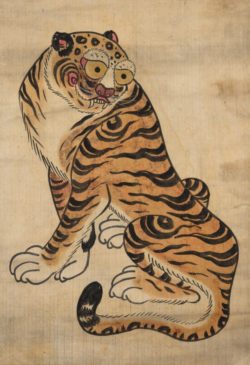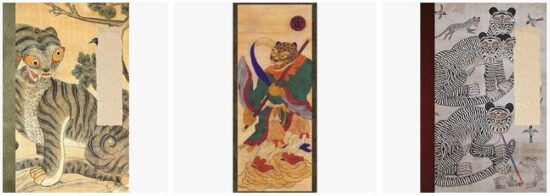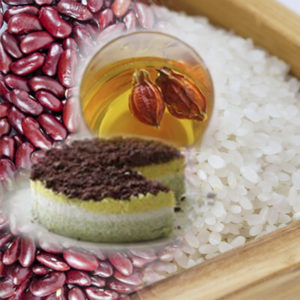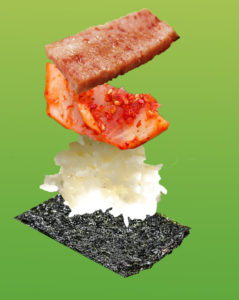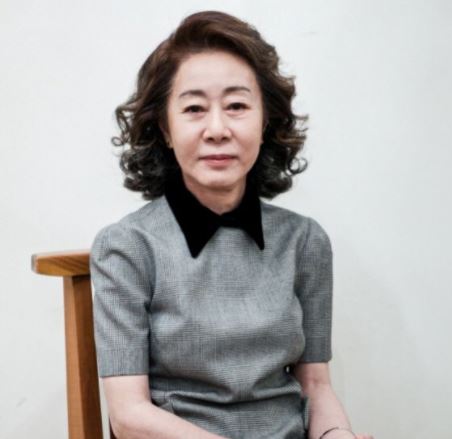
Youn Yuh-jung, who plays the grandmother in the movie, said in an interview.
Q: What personal experiences did you use to build her character?
Youn said:
“I’m sure it just comes from the heart with my experience, but I was not thinking I’m a grandmother or something like that. I thought about my great-grandmother. She passed away when I was 9 or 10, I’m not sure, and I didn’t like her. So, I really thought about her during that time. I felt really guilty and thought, Stupid me. I didn’t like her because she wasn’t hygienic. If I’m talking about my great-grandmother, it’s breaking my heart.”
Reference: ‘Minari’ Actress Youn Yuh-Jung, OBSERVER
What is Korean feelings for grandmothers?
Youn Yuh-jung (born in 1947) says that she actually has few memories of living with her grandmother. However, Youn Yuh-jung started acting in 1966, when Koreans formed modern feelings for grandmothers, so she understands Koreans’ feelings for grandparents better than anyone else.
Currently, Korean feelings for grandmothers and grandfathers mainly appeared when Korea achieved rapid economic growth after the Korean War (1950-1953).
As urbanization progressed rapidly due to economic development and agricultural technology developed, surplus human resources in rural areas moved to cities, searching for better jobs.
In this process, children of people who do not have a living base in the city lived with grandmothers and grandfathers in the countryside.
These children have grown up and are leading modern Korean society, and these people are shaping the modern Korean feelings for grandmothers and grandfathers.
In order to help you understand, here are two films that nicely capture the Korean feelings for grandmothers and grandfathers.
The Way Home
Seven-year-old Sang-woo is left with his grandmother in a remote village while his mother looks for work. Born and raised in the city, Sang-woo quickly comes into conflict with his old-fashioned grandmother and his new rural surroundings.
Disrespectful and selfish, Sang-woo lashes out in anger, perceiving that he has been abandoned.
He trades his grandmother’s only treasure for a video game; he throws his food and he throws tantrums. When Sang-woo’s mother finds work and finally returns for him, Sang-woo has become a different boy.
Through his grandmother’s boundless patience and devotion, he learns to embrace empathy, humility and the importance of family. (IMDB Summary)
Miss Granny
Comedy, Fantasy, Music
A 74-year-old widow realizes she is becoming a burden on her family. She mysteriously regains her physical appearance from the age of 20.
Grandma Blanket and Homi.
When Koreans hear the word grandmother, they usually think of two things.
Grandma blanket and Homi.
Korean Grandma Blanket
Grandma blankets were always at grandma’s house when I was younger. However, with economic development, it gradually disappeared as Koreans preferred the western way of life, the bed.
But these days, it has reappeared in the United States. Koreans never imagined that the grandmother’s blanket would go so well with her bed. Koreans thought it was just an old legacy that was thrown away with economic development. It’s really ironic.
Grandma’s blanket was called a mink blanket in Korea because it had a soft surface like mink fur. The tiger and flower painting were the most preferred among the grandmother’s blanket patterns. Tigers have long been regarded as sacred animals that protect people against ghosts and bring blessings to people. Although holy, it was not an object of worship. It was a nice and cute image like treating a pet.
Traditional Korean folk paintings show the thoughts of old Koreans about tigers.
Homi
Another thing is Homi.
In Korean farmhouses, hoes were mainly used by men, and homies were used mainly by women.
The homi was very convenient for weeding between crops and for managing small crops in the garden. Korean rural women who had to work with a homi for a long time sometimes had their backs bent as they got older. However, the homi itself is a helpful farming tool that is almost universal for garden management.
Homi is considered a trivial farming tool in Korea, but ironically in the United States these days, it is becoming more and more popular as a garden management tool.
Seok No-Gi, Blacksmith Meister - Korean local government certified
Homi Blacksmith Meister(45 years’ experience), Seok No-Gi said it was difficult to find an apprentice until a few years ago, but as the popularity of homi in the Amazon, the Blacksmith operated traditionally has revived, and the press is reporting homi a lot.
-Fine-














